After completing the service, cleaning, repair, adjustment on the 1936 Leica IIIa, I shot a test roll to see if everything was working as it should. There are a lot of things that can be wrong on an 80 year old camera. A test roll can show if the film is advancing correctly, getting the proper space between images on the negative, shutter speeds are correct, the rangefinder and lens are in good sync so the images come out good and clear. etc…
The first test roll showed that the shutter was at the right speed but on the faster speeds, it was not adjusted correctly. The second or “closing” curtain was catching up with the first curtain part way across the film area.
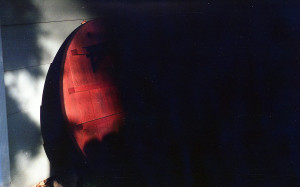
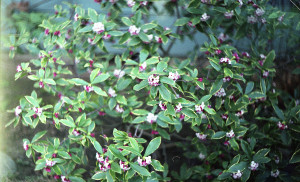
On this type of camera, there are two curtains that act as the shutter. First the opening curtain starts it’s travel then, depending on the shutter speed you choose, the closing curtain starts it’s travel. On this model, at 1/20 of a second the opening curtain has exposed the entire film area before the closing curtain starts it’s travel. At 1/500, it only gets about 1/8th of an inch before the closing curtain starts it’s travel. They travel together at 1/8″ across the entire film area. No matter what speed you set it, the curtains physically travel at the same speed, (about 1/20th sec.) it’s the size of the opening that determines the shutter speed. At 1/1000 shutter speed, the opening is about 1/16th of an inch, 1/200 about 3/16ths and so on.
So you can see, the curtains have to be adjusted so they travel at the same speed. After the first test roll, I had to take the camera apart again so I could see the shutter at work. (this camera and many others like it doesn’t have the back open to put in the film, you load it from the bottom so you can’t see the shutter working unless you take the outer shell off) I was able to tension the curtains so that the closing curtain wasn’t catching up with the opening curtain.
It’s very rewarding to take an instrument almost 80 years old and repair it and know it’s good for at least another 10-20 years before it will need to be cleaned and adjusted again.
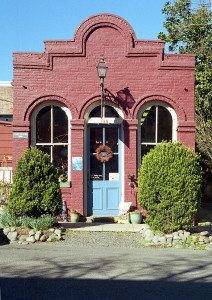
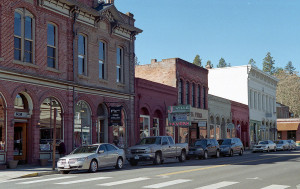
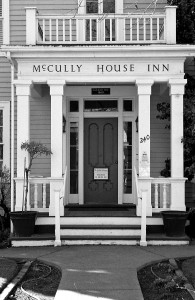
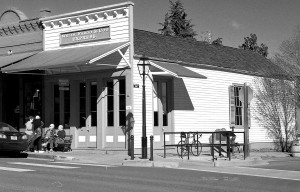
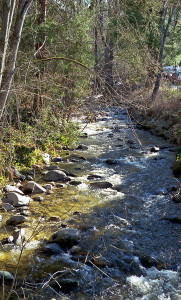
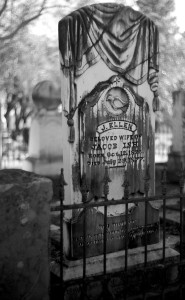
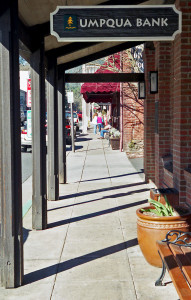
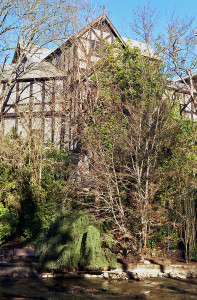
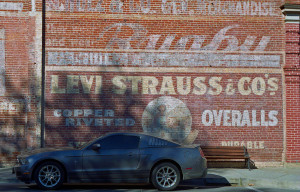
I would Like to Know what Lens was Used with the 111a Camera, Excellent Blog
1936 Summar 5cm 1:2
I think I’m about to undertake the same task on a bargain IIIa that I stumbled on last month. I’m hoping it’s just some gunked-up old lubricant and I won’t need to adjust any tension, but having tried (and failed) to go through this process on a Zorki 5 years back… how exactly are you figuring out how much tension each curtain needs? I tried using the CRT method back then and got precisely nowhere. Are you using a proper shutter tester?
Basically after a good cleaning and proper lubing the tension on the rods was too great from years of tightening. I backed them off to basically nothing then gave them a couple turns to start with, checked it then added more 1/2 turn at a time if needed. It got a lot quieter after that, what with the curtains not slapping so hard